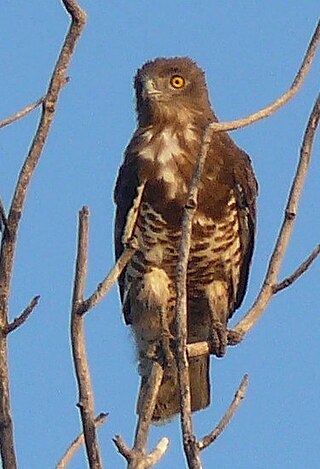
The short-toed snake eagle, also known as the short-toed eagle, is a medium-sized bird of prey in the family Accipitridae, which also includes many other diurnal raptors such as kites, buzzards and harriers. The genus name Circaetus is from the Ancient Greek kirkos, a type of hawk, and aetos, "eagle". The specific gallicus means "of Gallia".

The Jardin des Plantes, also known as the Jardin des Plantes de Paris when distinguished from other jardins des plantes in other cities, is the main botanical garden in France. Jardin des Plantes is the official name in the present day, but it is in fact an elliptical form of Jardin Royal des Plantes Médicinales, which is related to the original purpose of the garden back in the 17th century.

The French National Museum of Natural History, known in French as the Muséum national d'histoire naturelle, is the national natural history museum of France and a grand établissement of higher education part of Sorbonne University. The main museum, with four galleries, is located in Paris, France, within the Jardin des Plantes on the left bank of the River Seine. It was formally founded in 1793, during the French Revolution, but was begun even earlier in 1635 as the royal garden of medicinal plants. The museum now has 14 sites throughout France.
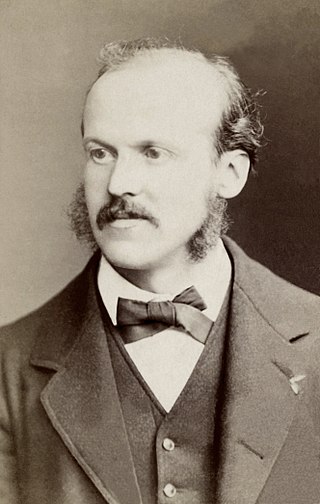
Alphonse Milne-Edwards was a French mammalogist, ornithologist, and carcinologist. He was English in origin, the son of Henri Milne-Edwards and grandson of Bryan Edwards, a Jamaican planter who settled at Bruges.
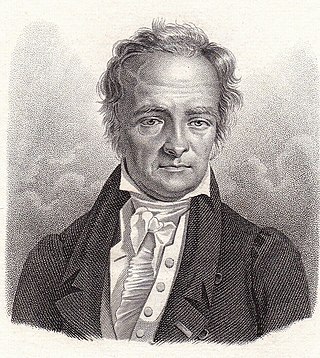
Louis Augustin Guillaume Bosc was a French botanist, invertebrate zoologist, and entomologist.

The scissor-tailed flycatcher, known as swallow-tailed flycatcher or scissorstail, is a long-tailed insectivorous bird of the genus Tyrannus, whose members are collectively referred to as kingbirds. Its scientific name used to be Muscivora forficata until it was changed to Tyrannus forficatus. It is found in North and Central America, and is Oklahoma's State Bird.
Jacques Pucheran was a French zoologist born in Clairac. He was a grandnephew to physiologist Étienne Serres (1786-1868).

The masked laughingthrush is a species of laughingthrush found in China and Vietnam. It is often seen in small noisy flocks of seven. Its Chinese name qī zǐ-mèi means 'seven sisters'.
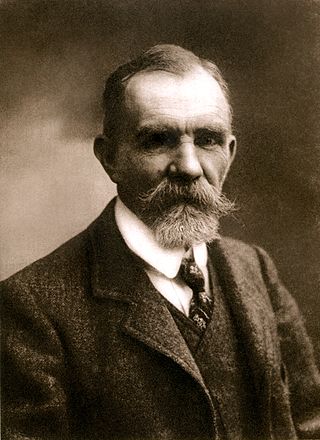
Eugène Louis Simon was a French naturalist who worked particularly on insects and spiders, but also on birds and plants. He is by far the most prolific spider taxonomist in history, describing over 4,000 species.

Pierre-Justin-Marie Macquart was a French entomologist specialising in the study of Diptera. He worked on world species as well as European and described many new species.

The great-billed parrot also known as Moluccan parrot or island parrot, is a medium-sized, approximately 38 cm long, green parrot with a massive red bill, cream iris, blackish shoulders, olive green back, pale blue rump and yellowish green underparts. The female is typically smaller than the male, but otherwise the sexes are similar.
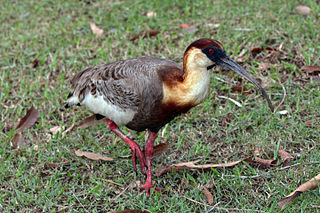
The buff-necked ibis, also known as the white-throated ibis, is a fairly large ibis found widely in open habitats of eastern and northern South America. It formerly included the similar black-faced ibis as a subspecies, but that species is almost entirely restricted to colder parts of South America, has a buff lower chest, and lacks the contrasting large white wing-patches.

The Musée zoologique de la ville de Strasbourg is a natural history museum managing and displaying the zoological collections of the city of Strasbourg. It is housed in a historical building of the University of Strasbourg. The museum is closed since September 2019, and until 2025 for renovation and enlargement.
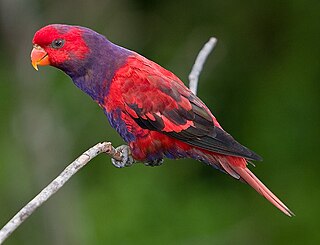
The violet-necked lory is a species of parrot in the family Psittaculidae. It is endemic to Indonesia, where it is found in the northern Maluku Islands and west Papuan islands. Its natural habitats are tropical moist lowland forests and tropical mangrove forests.
A summary of 1819 in birding and ornithology.

The Muséum de Toulouse is a museum of natural history in Toulouse, France. It is located in the Busca-Montplaisir neighborhood of the city, houses a collection of more than 2.5 million items, and has some 3,000 square metres (32,000 sq ft) of exhibition space. Its Index Herbariorum code is TLM.
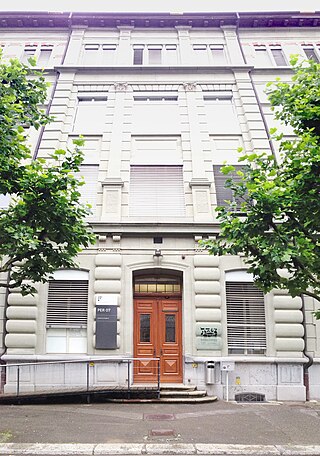
The Natural History Museum of Fribourg (Switzerland) was established in 1823 with the aim of providing the public with a better understanding of nature, especially the natural heritage of the Fribourg region. It also serves as a regional center of expertise for flora, fauna, and nature conservation. The Natural History Museum of Fribourg is a bilingual museum.















